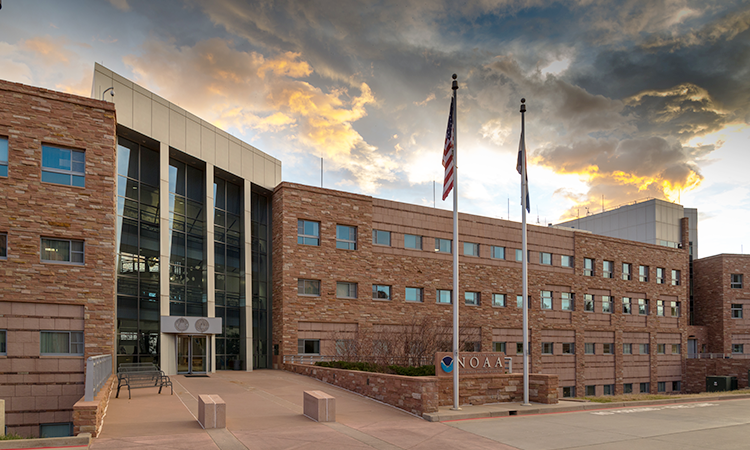Seminar
Impacts of Climate Change on Tropospheric Ozone: Intercontinental Transport and Lightning Influences

Ruth Doherty, University of Edinburgh
Wednesday, January 12, 2011, 3:30 pm Mountain Time postponed
DSRC 2A305
Abstract
The impact of climate change on intercontinental air pollution transport is investigated using three climate-chemistry transport models. This work has been performed in support of the Task Force on Hemispheric Transport of Air Pollution (HTAP) in order to understand how source-receptor relationships may be affected by changes in climate. The "climate penalty" - whereby the effect of the change in climate on surface ozone concentrations partly offsets the effect of the emission controls, such that stricter emission controls are required to attain a given air quality standard in the future - is clearly shown in high emission regions. In these highly polluted regions, enhanced water vapour concentrations in the future lead to surface ozone increases (2-6 ppbv between 2090s and 2000s decades). In remote regions, the climate effect of increased water vapour leads to ozone destruction. Troposphere ozone concentrations in southern mid-latitude regions also increase due to enhanced stratosphere-troposphere exchange (STE) and lightning in this future climate. Due to the strong temperature-dependent lifetime of Peroxyacetylnitrate (PAN), tropospheric PAN burdens and ozone lifetimes decrease strongly in the future.
Using fixed emissions at present-day levels, we find that 20% NOx, CO and NMVOCs emission reductions over major source regions decreases surface ozone concentrations by ~0.5-3 ppbv in the source region in the 2090s climate. Comparing the effect of these emission reductions between present-day and future, a greater impact of these controls on surface ozone concentrations is found in the source region than in the downwind region under the future climate. The role of changes in ozone and ozone precursor lifetimes in producing this ozone response are examined.
The impact of climate change on lightning and hence on tropospheric ozone is further investigated. The models show a diverse range of lightning-driven ozone responses to climate change. The lightning scheme used in these chemistry transport models is examined and an alternate process-based lightning scheme based on large-scale satellite relationships is outlined.
ALL Seminar attendees agree not to cite, quote, copy, or distribute material presented without the explicit written consent of the seminar presenter. Any opinions expressed in this seminar are those of the speaker alone and do not necessarily reflect the opinions of NOAA or CSL.